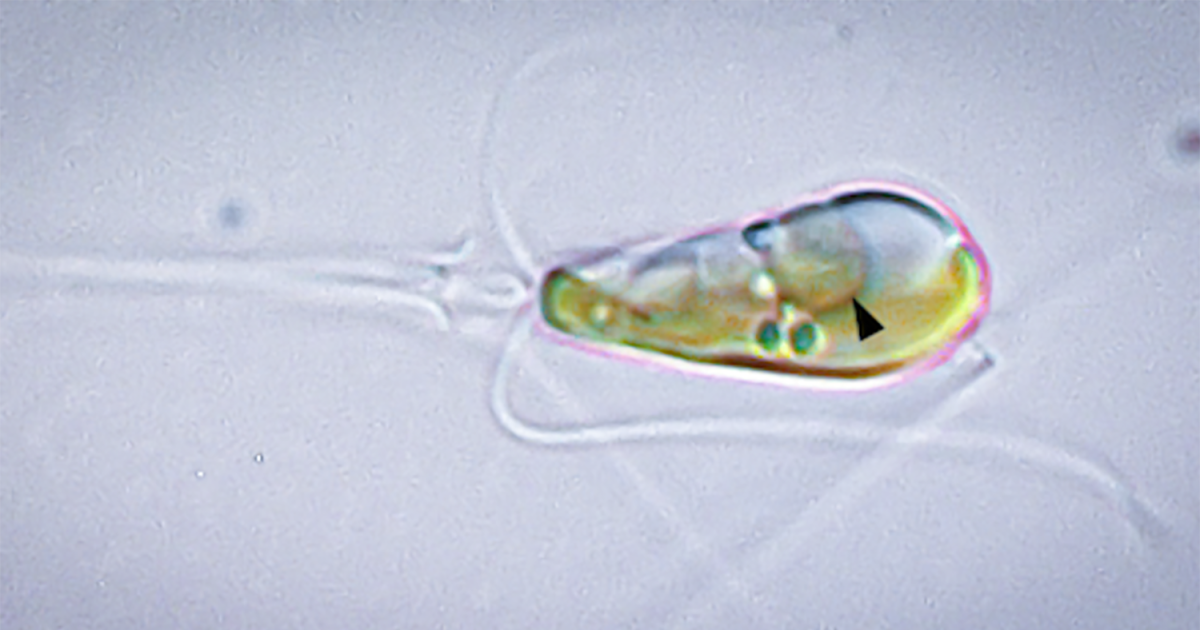From the article:
Scientists have caught a once-in-a-billion-years evolutionary event in progress, as two lifeforms have merged into one organism that boasts abilities its peers would envy. Last time this happened (1.6 billion years ago), certain advanced cells absorbed a type of bacteria that could harvest energy from sunlight. These became organelles called chloroplasts, which gave sunlight-harvesting abilities, as well as a fetching green color, to a group of lifeforms you might have heard of – plants.
And now, scientists have discovered that it’s happening again. A species of algae called Braarudosphaera bigelowii was found to have engulfed a cyanobacterium that lets them do something that algae, and plants in general, can’t normally do – “fixing” nitrogen straight from the air, and combining it with other elements to create more useful compounds.



No plants are actually able to break down nitrogen gas. The bacteria that can break it down live in their root systems, not in the plant cells. The root systems are an ecosystem for the bacteria, much loke yoir moith and intestines are for useful bacteria. What this study describes is an algae cell incorporating a nitrogen fixing bacteria into it’s cellular structure, which as far as we can tell has only happened twice in the history of life on earth: when a large bacteria incorporated a smaller one, thus creating eularyotic cells with mitochondria (which was our last common ancestor with plants) and when another eularyotic cell absorbed a photosynthetic bacteria, creating plant chloroplasts.